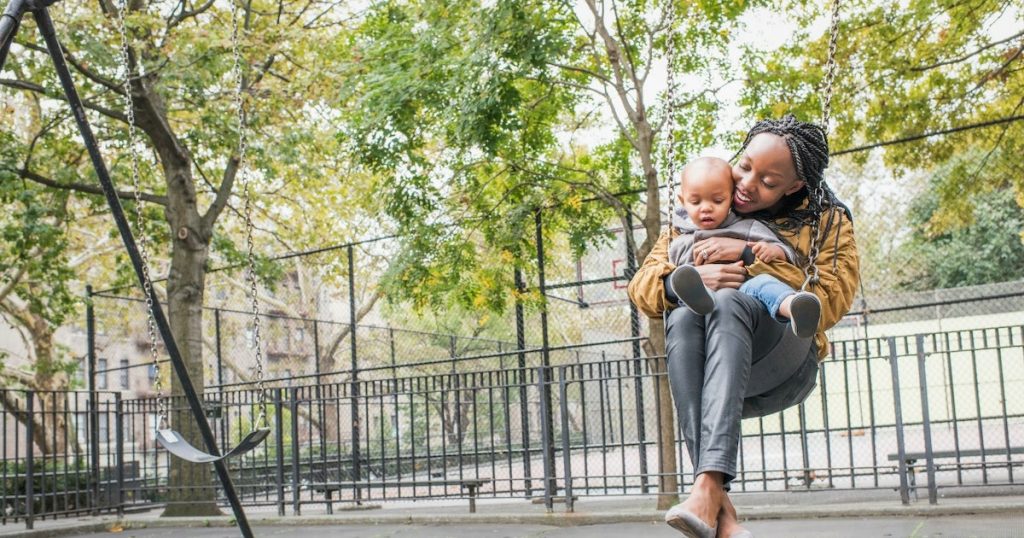
What is it?
- A very effective intervention that aims to improve the parent-child relationship with a focus on attachment through a 12-20 session, evidence-based approach (2).
- Weekly “coaching sessions” focused on play sensitivity between child and caregiver
- Therapist offers live coaching on skills to manage the child’s behavior (2).
- Caregivers learn skills such as child-centered play communication, increasing child compliance, and problem-solving (3).
What are the outcomes?
- Decreased externalizing child behavioral problems and increased positive parenting behaviors (3).

Family First Prevention Services Act (FFPSA)
- Provides federal funding for prevention services to families to children who are at risk of entering foster care
- Focuses on growing up with sensitive, responsive, and high-quality caregivers
- Federal reimbursement will be available for in-home parenting skill-based training like PCIT and ABC (3).
What are the limitations?
- Age limit is 2-6 years old, limiting families’ participation in PCIT due to their children’s ages.
- Requires both parent’s and child’s presence
- Not suitable for parents in poverty who have longer work hours (1).

- Hernandez , M. M. (2016, June). Empowerment in Parent-Child Interaction Therapy (Pcit) (thesis). CSUSB ScholarWorks. Retrieved December 4, 2022, from https://scholarworks.lib.csusb.edu/cgi/viewcontent.cgi?article=1319&context=etd#:~:text=Another%20limitation%20is%20the%20child,to%20deliver%20their%20therapeutic%20services.
- Newman, A. E. (2017, June). Poor Attachment and the Socioemotional Consequences During Early Childhood (thesis). CSUSB ScholarWorks. Retrieved December 4, 2022, from https://scholarworks.lib.csusb.edu/cgi/viewcontent.cgi?article=1596&context=etd.
- South Carolina Department of Social Services. (2021). Parent child interaction therapy – South Carolina. DSS. Retrieved December 6, 2022, from https://dss.sc.gov/media/2819/dss-flyer-37610-feb-21-parent-child-interaction-therapy.pdf
